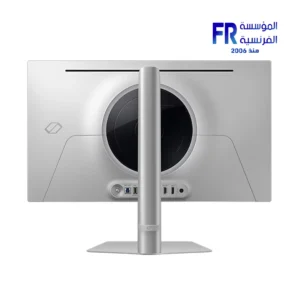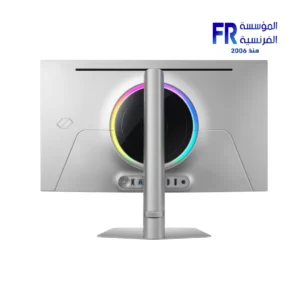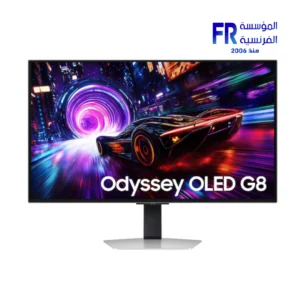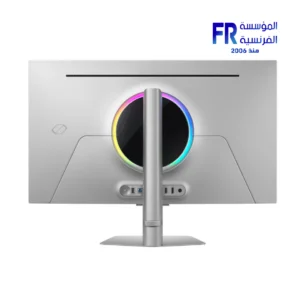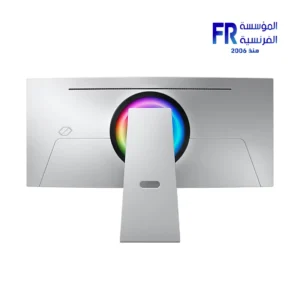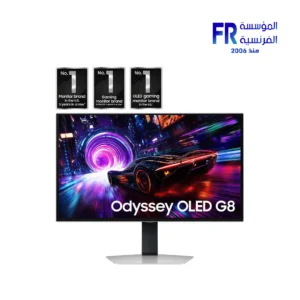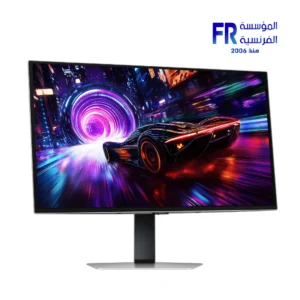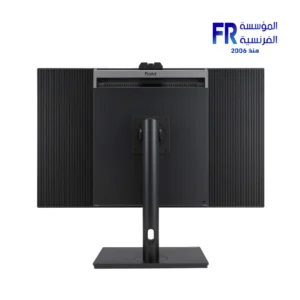OLED stands for Organic Light Emitting Diode, a type of flat-panel display technology that utilizes organic light-emitting diodes (OLEDs) as its primary component. Unlike traditional LCD panels that rely on a backlight to illuminate liquid crystals, OLED panels emit light directly from each pixel, resulting in superior image quality.
Key Advantages of OLED Panels
-
Exceptional Contrast Ratio:
OLED panels can achieve virtually perfect black levels due to their self-emissive nature. This leads to an unparalleled contrast ratio, producing exceptionally sharp and detailed images with stunning depth and dimension.
-
Wide Viewing Angles:
OLED panels maintain consistent color and brightness even when viewed from extreme angles, making them ideal for multi-user displays and large-screen applications.
-
Faster Response Times:
OLED panels offer incredibly fast response times, eliminating motion blur and ensuring smooth, fluid visuals in fast-paced action scenes, making them excellent for gaming and watching sports.
-
Thinner and Lighter Designs:
OLED panels are inherently thinner and lighter than LCD panels due to their simpler structure, enabling the creation of sleek and lightweight devices.
-
Energy Efficiency:
OLED panels are considered more energy-efficient than LCD panels, especially when displaying dark scenes, as individual pixels can be turned off completely.
Applications of OLED Panels
OLED panels have revolutionized the display industry, finding applications in a wide range of devices:
-
Premium Smartphones:
Flagship smartphones often feature O LED displays due to their superior image quality and compact form factor.
-
High-End Televisions:
O LED TVs offer exceptional picture quality, making them a popular choice for discerning home theater enthusiasts.
-
Computer Monitors:
O LED monitors are gaining popularity among professionals and enthusiasts for their stunning visuals and fast response times.
-
Wearable Devices:
O LED displays are increasingly used in smartwatches and fitness trackers due to their low power consumption and high pixel density.
-
Automotive Displays: O LED technology is finding its way into luxury vehicles, providing drivers with crisp and clear information displays.
Future Prospects of OLED Panels
O LED technology continues to evolve, with advancements in manufacturing processes and material science leading to even more impressive displays. Researchers are exploring the potential of flexible O LED panels, enabling the creation of foldable and rollable displays, opening up new possibilities for device design and functionality.
Overall, O LED panels have emerged as a leading display technology, offering a superior viewing experience and enabling the development of innovative devices. As research and development progress, O LED technology is poised to play an even more significant role in shaping the future of displays.
 Thermaltake Th360 V2 Ultra Snow 360MM ARGB Sync Aio Liquid Cpu Cooler
1 × 8400 جنية
Thermaltake Th360 V2 Ultra Snow 360MM ARGB Sync Aio Liquid Cpu Cooler
1 × 8400 جنية Fractal Design Pop Air RGB TG Clear Tint White Mid Tower Case
1 × 4999 جنية
Fractal Design Pop Air RGB TG Clear Tint White Mid Tower Case
1 × 4999 جنية Redragon Gaia C211 Red Gaming Chair
1 × 11500 جنية
Redragon Gaia C211 Red Gaming Chair
1 × 11500 جنية Pc Cooler DC360 Pro Argb Display White Aio Liquid Cpu Cooler
1 × 5700 جنية
Pc Cooler DC360 Pro Argb Display White Aio Liquid Cpu Cooler
1 × 5700 جنية Redragon Assassin C501 Red Gaming Chair
1 × 10299 جنية
Redragon Assassin C501 Red Gaming Chair
1 × 10299 جنية Fractal Design Pop Air RGB TG Clear Tint Green Core Mid Tower Case
1 × 4999 جنية
Fractal Design Pop Air RGB TG Clear Tint Green Core Mid Tower Case
1 × 4999 جنية Antec P20C Mesh ARGB White Mid Tower Case
1 × 4299 جنية
Antec P20C Mesh ARGB White Mid Tower Case
1 × 4299 جنية

 Fractal Design Pop Air RGB TG Clear Tint White Mid Tower Case
Fractal Design Pop Air RGB TG Clear Tint White Mid Tower Case  Redragon Gaia C211 Red Gaming Chair
Redragon Gaia C211 Red Gaming Chair 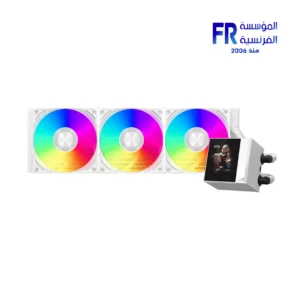 Pc Cooler DC360 Pro Argb Display White Aio Liquid Cpu Cooler
Pc Cooler DC360 Pro Argb Display White Aio Liquid Cpu Cooler  Redragon Assassin C501 Red Gaming Chair
Redragon Assassin C501 Red Gaming Chair  Fractal Design Pop Air RGB TG Clear Tint Green Core Mid Tower Case
Fractal Design Pop Air RGB TG Clear Tint Green Core Mid Tower Case  Antec P20C Mesh ARGB White Mid Tower Case
Antec P20C Mesh ARGB White Mid Tower Case 


